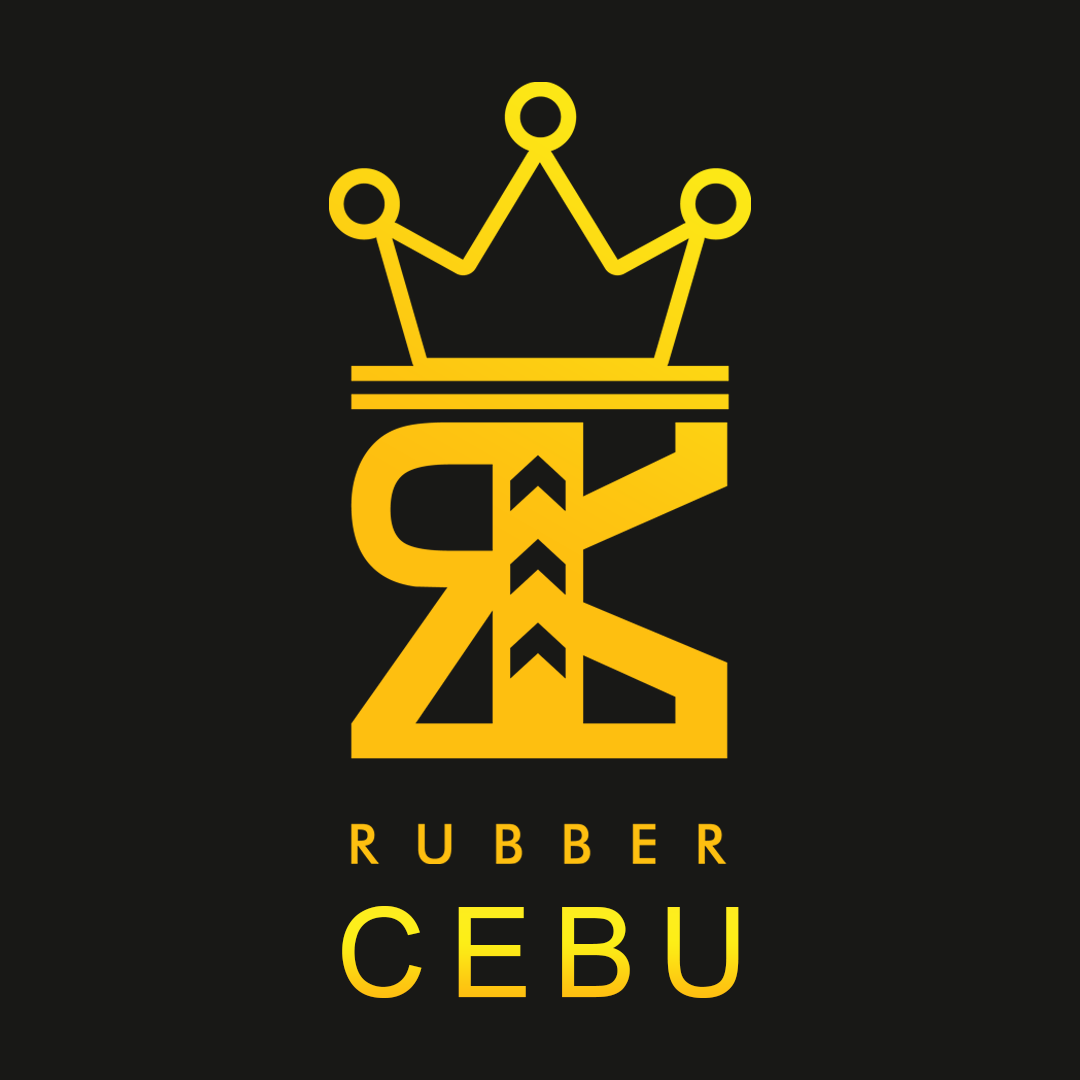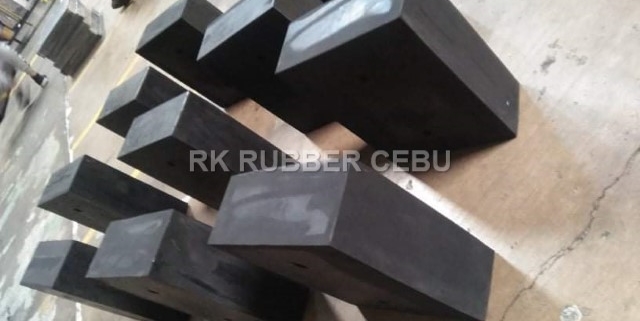Impact of Polymer Compound Material on Industrial Rubber Production
The incorporation of polymer compound materials into industrial rubber production has reshaped the landscape of manufacturing practices within the industry. The precise amalgamation of these compounds has unlocked a realm of possibilities, offering a plethora of benefits such as heightened product durability, enhanced performance metrics, and improved flexibility. These advancements have not only elevated the quality standards of rubber products but have also fostered a more sustainable approach towards production. As we delve deeper into the intricate interplay between polymer compounds and rubber manufacturing processes, it becomes evident that this symbiotic relationship is poised to redefine the future of industrial rubber production in ways yet to be fully explored.
Key Points
- Enhanced durability and performance against wear and tear.
- Improved production efficiency with optimized mixing and curing processes.
- Environmental sustainability through the use of recycled and eco-friendly compounds.
- Precise quality control for consistent rubber production standards.
- Tuning mechanical properties like flexibility and strength for varied applications.
Advantages of Using Polymer Compound Materials
Utilizing polymer compound materials in industrial rubber production offers a myriad of advantages stemming from their unique physical properties and broad spectrum of applications across various industries. Cost savings are achieved through the durability of polymer compounds, which enhance the longevity of rubber products, reducing the need for frequent replacements. Moreover, the performance enhancement and flexibility provided by these materials contribute to the overall efficiency and effectiveness of rubber components in diverse industrial settings.
Weight reduction is another significant benefit, as polymer compounds are inherently lighter than traditional materials, leading to improved fuel efficiency in transportation applications. Additionally, the chemical resistance of polymer compounds ensures that rubber products can withstand harsh environmental conditions, prolonging their lifespan and maintaining optimal performance levels. The innovation opportunities presented by these materials, coupled with their exceptional strength and application versatility, allow for the customization of designs to meet specific industry requirements effectively. This adaptability facilitates the creation of high-quality rubber products tailored to various industrial needs.
Influence on Rubber Quality
The incorporation of polymer compound materials in industrial rubber production significantly impacts the overall quality and performance characteristics of rubber products. Durability enhancement is a key benefit derived from the integration of polymer compounds, as they can improve the resistance of rubber products to wear, tear, and environmental factors. Performance optimization is another crucial aspect influenced by the use of polymer compounds, ensuring that rubber products meet specific functional requirements under various conditions. Quality control becomes more precise with the integration of polymer compounds, allowing for consistent and reliable production standards. The mechanical properties of rubber, such as flexibility, strength, and elasticity, are finely tuned through the selection and incorporation of polymer compounds. Furthermore, the chemical interactions between the polymer compounds and the rubber matrix play a significant role in determining the final properties of the rubber products, including adhesion, stability, and chemical resistance. Overall, the utilization of polymer compound materials in industrial rubber production leads to enhanced quality, performance, and reliability of rubber products.
Enhancing Production Efficiency
Incorporating advanced polymer compound materials in industrial rubber production processes can significantly enhance overall production efficiency. Process optimization is achieved through the utilization of polymers that allow for improved mixing and curing processes, resulting in reduced production time and increased throughput. Cost reduction is another key benefit, as certain polymer compounds can lower energy consumption during manufacturing and decrease waste generation. Performance enhancement is observed through the use of specialized polymer blends that enhance the mechanical properties of the rubber products, leading to improved durability and reliability in various applications. Moreover, the scalability of production is facilitated by the consistent quality and properties of polymer compounds, enabling manufacturers to meet growing demands efficiently. Ensuring material compatibility is crucial to maintain the integrity of the production process and the quality of the final rubber products, thereby reducing the likelihood of defects and enhancing overall operational efficiency. By leveraging the advantages of advanced polymer compound materials, industrial rubber production can achieve higher levels of efficiency and productivity.
Impact on Environmental Sustainability
In the context of industrial rubber production, the adoption of advanced polymer compound materials not only enhances production efficiency but also influences environmental sustainability considerations. The incorporation of these innovative materials presents an opportunity to reduce waste and minimize the environmental impact of the production process. By implementing eco-friendly practices and sustainable solutions, such as utilizing recycled polymers or developing bio-based compounds, manufacturers can significantly decrease their carbon footprint and contribute to green technology initiatives within the industry. Additionally, the use of polymer compounds that prioritize environmental sustainability can lead to the development of more durable and longer-lasting rubber products, further promoting a circular economy model. Overall, the shift towards environmentally conscious polymer materials in industrial rubber production showcases a commitment to reducing environmental harm and embracing practices that align with global efforts towards a greener future.
Challenges and Future Considerations
Amidst the advancements in industrial rubber production facilitated by polymer compound materials, industry experts are facing significant challenges and contemplating future considerations to further enhance efficiency and sustainability.
- Innovation strategies: Developing novel ways to integrate polymer compounds into rubber production processes to enhance product performance and durability.
- Technological advancements: Embracing automation and data analytics to streamline manufacturing processes and ensure consistency in product quality.
- Market trends: Adapting production strategies to meet the increasing demand for eco-friendly and sustainable rubber products in the global market.
- Supply chain: Optimizing supply chain management to ensure timely delivery of raw materials for uninterrupted production cycles.
- Regulatory compliance: Staying updated with evolving regulations and standards related to the use of polymer compound materials in industrial rubber production to ensure adherence and avoid penalties.
Frequently Asked Questions
How Do Polymer Compound Materials Affect the Durability of Industrial Rubber Products?
Polymer compound materials significantly enhance the durability of industrial rubber products by improving chemical resistance, flexibility, impact strength, weathering resistance, aging properties, abrasion resistance, wear characteristics, compression set, and sealing performance. These modifications optimize the product’s performance and longevity.
Can the Use of Polymer Compound Materials in Rubber Production Lead to Cost Savings?
The utilization of polymer compound materials in rubber production has the potential to enhance cost efficiency through improved material properties, impacting the production process positively. This innovation may align with market demand, while also offering opportunities for quality control and supply chain optimization.
Are There Any Specific Regulations or Standards Related to Using Polymer Compound Materials in Rubber Production?
Regulatory requirements play a crucial role in the use of polymer compound materials in rubber production. Material compatibility, quality control, and adherence to environmental standards are essential. Monitoring market trends ensures compliance with evolving industry practices.
What Are the Effects of Polymer Compound Materials on the Recycling Process of Rubber Products?
Material compatibility of polymer compound materials in the recycling process of rubber products can enhance elasticity and durability. This integration can offer cost efficiency and potential savings while ensuring regulatory compliance. Performance comparison with traditional materials is crucial.
How Do Polymer Compound Materials Impact the Overall Performance of Industrial Rubber Products Compared to Traditional Materials?
Polymer compound materials significantly enhance the performance of industrial rubber products through improved mechanical properties, material comparison, chemical compatibility, and product innovation. Their utilization fosters advancements in the industry, ensuring superior functionality and durability.
Conclusion
In conclusion, the utilization of polymer compound materials in industrial rubber production has demonstrated significant advantages in enhancing product quality, production efficiency, and environmental sustainability. These materials have revolutionized the way rubber products are made, ensuring consistency in production standards and optimizing performance under various conditions. Despite challenges, the future considerations for incorporating polymer compounds in rubber production hold promise for further advancements in the industry.

